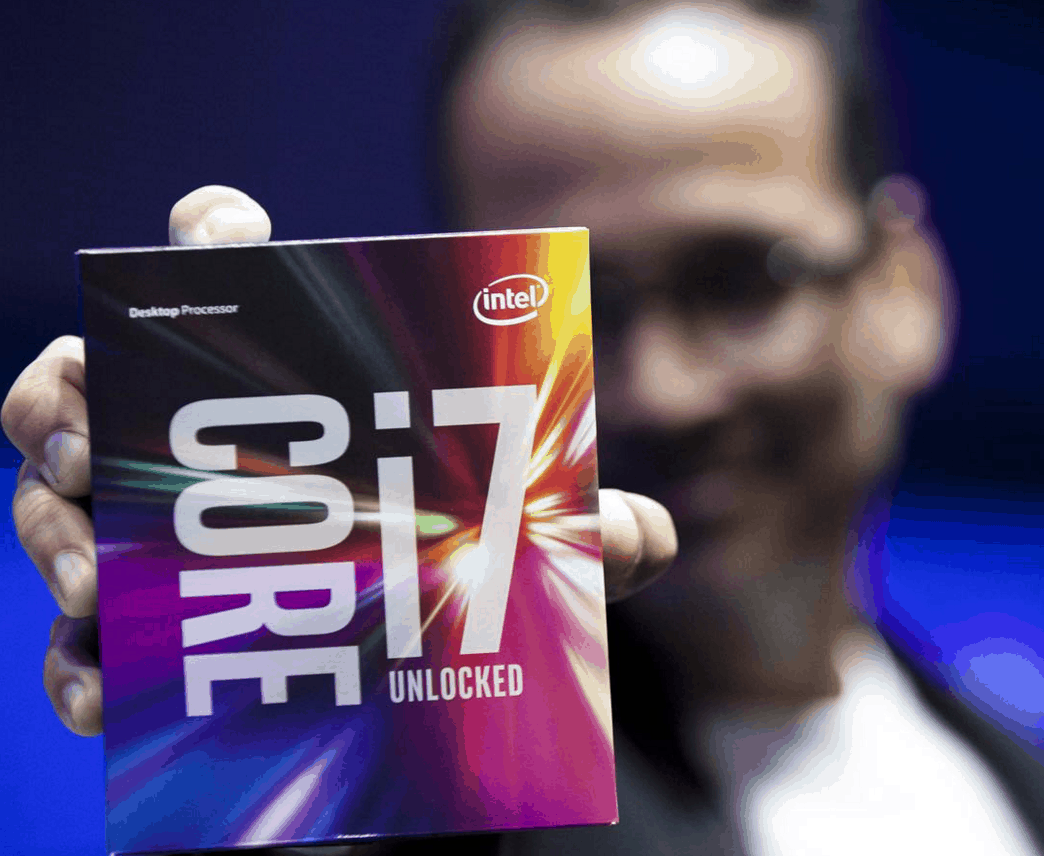This year’s MacBook and MacBook Pro upgrades are expected to bring Intel’s latest Skylake processors. Delivering more than just speed improvements, the new chips will bring far greater performance, graphics and battery life to Apple’s notebook lineup for 2016.
Here’s what makes those Skylake processors so special — and how they’ll supercharge that new Mac you’ll soon be drooling over.
Performance
The first thing we look for in new processors is performance improvements; the chips must be faster than what’s inside the machines we’re already using, otherwise they’re not worth the upgrade cost. And performance improvements don’t come much bigger than Skylake.
Intel’s annual chip upgrades traditionally bring incremental speed improvements of less than 10 percent. But thanks to a major microarchitecture redesign, Skylake — currently used by Apple only in the latest 27-inch iMacs — is as much as 20 percent faster than the Broadwell chips used in other 2015 Macs.
In addition, Skylake chips bring Intel’s latest HD 530 GPU, which is faster than the equivalent HD 4600 GPU used in the Haswell chips that power most other current Macs.
Skylake chips also support up to 64GB of faster DDR4 RAM running at 2,133 MHz (twice as much as you could use with a Haswell chip), though it’s unlikely Apple will give you a 64GB upgrade option. Instead, MacBooks will likely max out at 32GB, which should be ample for the vast majority of users.
Data and connectivity
Skylake’s compatibility with PCI Express 3.0 lanes means we’ll get even faster data, too.
In a recent speed test with the 2015 MacBook Pro, which already ships with PCIe 3.0 storage, Ars Technica got read speeds of 2,013.96 MB/s and write speeds of 1,520.12 MB/s. In comparison, a 2015 MacBook Pro with PCIe 2.0 storage achieved read speeds of 1,391.51 MB/s and write speeds of 648.35 MB/s.
And don’t worry if you don’t have enough internal storage, because Skylake supports Thunderbolt 3, which means we’ll see even faster peripherals. Intel calls it the “the fastest, most versatile connection to any dock, display, or peripheral device.”
Thunderbolt 3 offers data-transfer speeds of up to 40 Gbps (twice as fast as Thunderbolt 2), drives two 4K monitors at 60 Hz through just one port, and supports more protocols, including USB, PCI Express and DisplayPort. It also offers 10GB Ethernet connections.
Another advantage to Thunderbolt 3 for devices like the MacBook is its power capabilities; with support for up to 100W, it provides even faster charging, and should allow you to top up your new MacBook quicker than ever before.
Skylake chips also support wireless charging; unfortunately, it’s highly unlikely Apple will give us that. We haven’t even got it in the iPhone yet!
Battery life
One of the reasons for all these performance improvements is the cutting-edge 14-nanometer (14nm) manufacturing process Intel uses to build Skylake chips — and it brings more than just faster speeds.
That 14-nanometer manufacturing process means Skylake chips are smaller than Haswell chips, and in turn they run cooler and require less power. In MacBooks with Skylake chips inside, the fan will be required less frequently and battery life will be even better.
14nm chips are so efficient that they are commonly found in today’s high-end mobile devices. Apple’s A9 and A9X chips, which power iPhone 6s, iPhone 6s Plus and iPad Pro, are manufactured using a 14nm process — as is Samsung’s Exynos 7420 processor, found in the Galaxy Note 5 and Galaxy S6 series.
According to Channel Pro, battery life could be up to 30 percent better with Skylake, but that’s only if MacBook batteries remain the same size. You probably shouldn’t count on that, though.
We know Apple is willing to sacrifice battery life to make its products thinner — it has proven that with devices like the iPhone — so rather than passing power-handling improvements on to users, the company could see them as an opportunity to make its MacBooks slimmer while delivering the same battery life we’re already used to.
Skylake Macs
It’s difficult to be sure how much of an impact Skylake will have on MacBooks, because improvements in speed, graphics and battery life are also dependent on software and hardware.
We’ll have to wait until Apple unveils its 2016 upgrades to find out exactly how much better they’ll be, but you can be sure they’ll be a huge improvement over whatever portable you’re using now — even if it’s only a year old.


